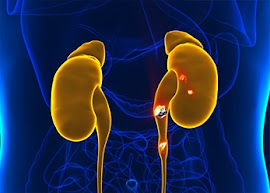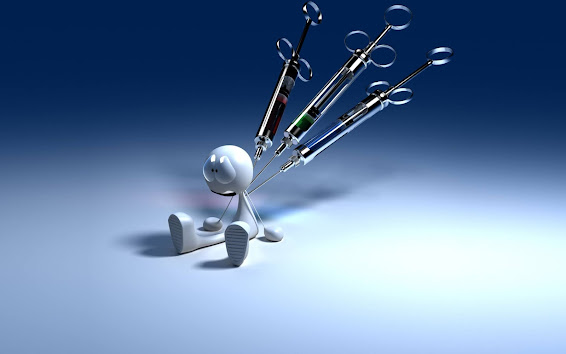World health organization (WHO)

By:Mahira World Health Organization (WHO) was established in 1948 for the disease free future of the world. It is for Universal health care preventing communicable diseases and researching the factors that affect health. It is the part of the United Nations that focuses on global health issues. It has worked on many diseases like Polio, Smallpox etc. Its main objective is to raise awareness about the extent of illness. Their function is to provide leadership on matters critical to health and engaging in partnerships where joint action is needed. It helps to extinct those diseases which are communicable and harmful to human beings. Its aim is to improve knowledge about attaining and maintaining good health through e-learning. This organization has the means to reach out to the people with information on disease prevention and health promotion. WHO is not an organization of a single country, many countries like India, Bangladesh, Bhutan etc are a pa...




